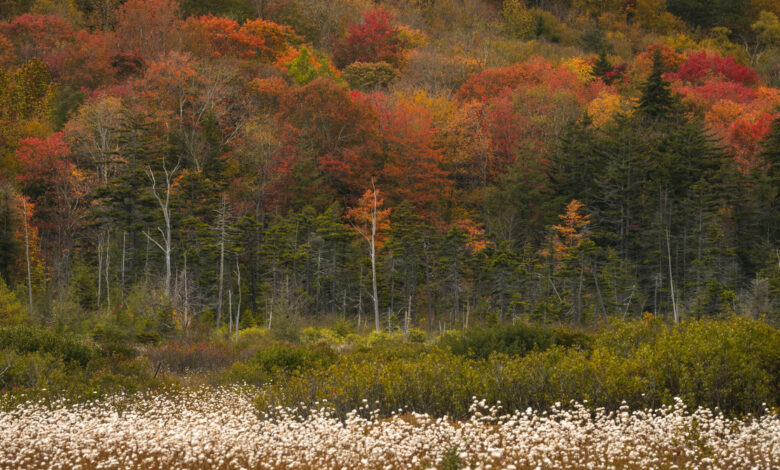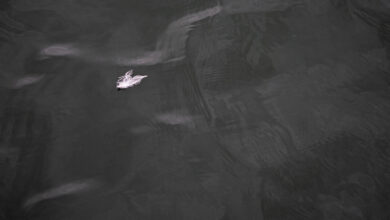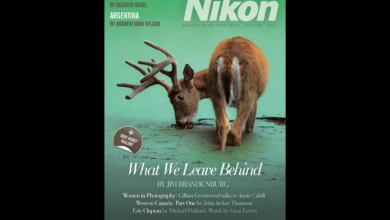Simplifying the Scene in Landscape Photography

Composition in landscape photography is an essential aspect of the craft. Many rules talk about leading lines, the rule of thirds, visual weight, and more. These rules are good guidelines, but the art of simplification is at the root of good compositions.
It is easy to talk about the technical aspects of landscape photography. From a firm grasp of how your camera works and the exposure triangle to more advanced techniques like focus stacking, exposure bracketing, or even the gear we use, those topics are relatively binary and procedural.
As we master these key concepts, the importance of strong composition becomes more evident. We know how to get a good exposure, we understand how to maximize the depth of field appropriate for the scene, but there is still something missing from our images. This often comes down to weak versus strong compositions as what makes or breaks an image.
Rules of Composition
There are many rules and guidelines for composition, most readily found once a photographer starts reading more about composition or scouring the internet for tutorials. These rules include ones like the rule of thirds, visual weight in the scene, framing the scene with elements in the landscape, or leading lines, to name a few. These all offer components of composition and are important, but it doesn’t take long to realize that simply applying these core rules can still leave something to be desired in your images.
For example, the rule of thirds is a prevalent rule and one that even gets the grid lines on our phone cameras to help aid in composition. The rule of thirds is a good guideline for composition, but in and of itself, it doesn’t necessarily make your photograph strong just because you follow it.
How often have you lined up your subject, maybe a rock prominence or a horizon just where it is supposed to be, but the image is still lacking? I have many of those images in my catalog, where I’ve lined things up using the rule of thirds or combined some leading lines, and watched the weight of the image and still not walked away with a portfolio photograph.
That’s because while the rules are an initial step towards a strong composition, they are missing an underlying rule that I think gets overlooked. “Overlooked” might not be the right word, maybe more that many of the rules of composition need to be paired with the underlying foundation of simplification.
Simplification
Simplification is the underlying composition element that will help strengthen your landscape photography images. It works in tandem with the commonly understood rules of composition to add that visual strength to your photographs to help them stand out.
What exactly does simplification of a photograph mean? It helps direct the viewer’s attention, it helps eliminate distractions from the image, and, as a result, makes the subject of your image stand out to the viewer. This reduces confusion for the viewer and leads to a more significant visual impact than just following the basic rules of composition.
The more important question is, how do you simplify a scene? My approach, which I am perpetually working on, is to figure out my main subject in the scene in front of me. What is drawing my attention and why? This is key; you must know your subject – both for simplifying and applying the general rules of composition.
From here, you start to work on your composition. Line things up in your viewfinder or live view to a point where the scene looks good to you, the starting point. Now, start to think even more about the composition. Take time to let your eyes look at the edges of the frame and start asking yourself if there are elements in the frame that distract you.
This could be objects awkwardly cut off at the edges of the frame, objects that aren’t contributing to the main subject that could be removed by zooming in some more, or even excessively bright areas of the scenes that aren’t directly related to the main subject.
Analyze what you have in the frame, and no matter how big or small, ask yourself if it contributes to the main subject or distracts from it. If it is a distraction, think about how you can recompose to minimize it.
Practice, Practice, Practice
Once you understand how simplification works in tandem with the traditional rules of composition, you can put the practice into composing your images moving forward. For me, composition is something I am always working to improve and part of why I find the hobby of landscape photography so engaging!




